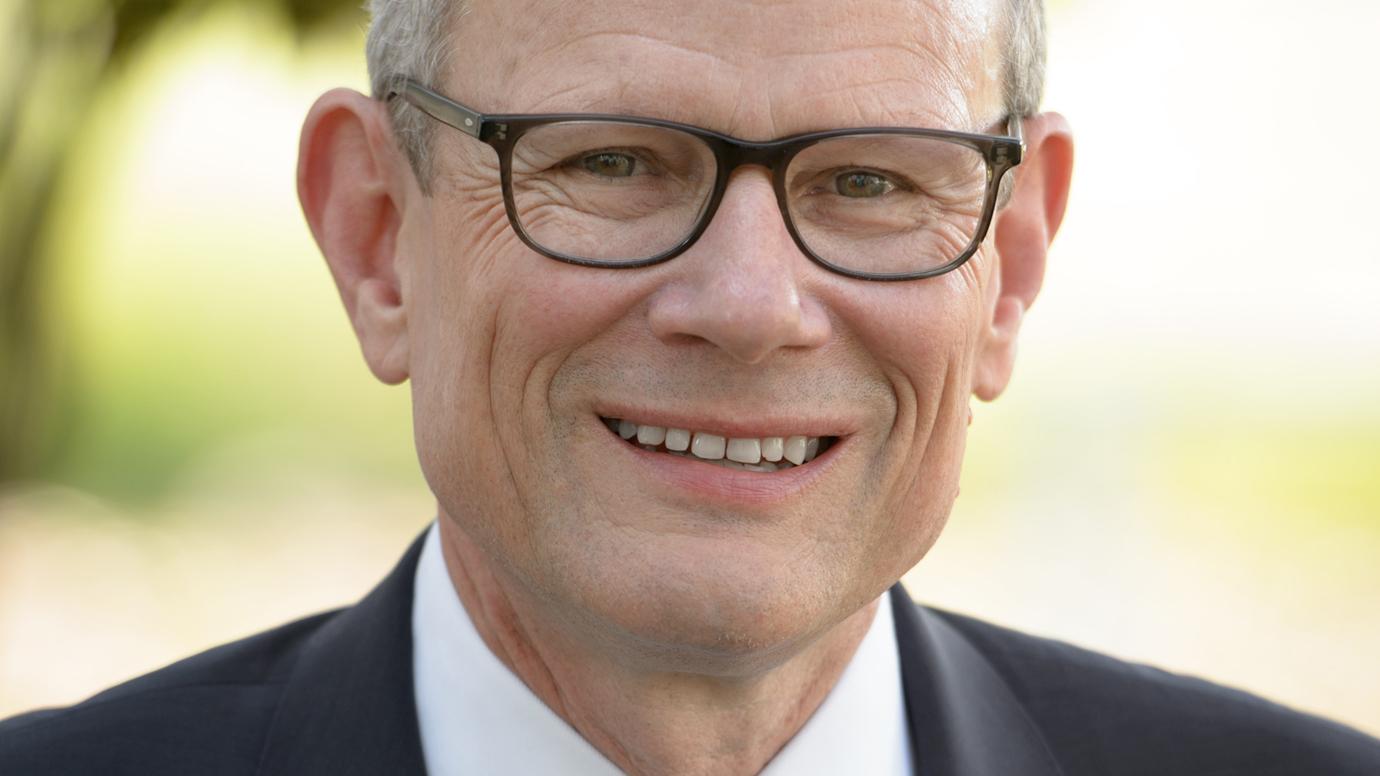Paul K. Kearns has been appointed director of the U.S. Department of Energy’s Argonne National Laboratory. President Robert J. Zimmer announced the appointment in his capacity as chairman of the board of directors of UChicago Argonne LLC, which operates Argonne for the U.S. Department of Energy.
Kearns, who has served in multiple leadership roles in the national laboratory system and at the Department of Energy, is currently the interim director of Argonne. His appointment is effective immediately.
Kearns is the 14th director of Argonne, a multidisciplinary science and engineering research center that seeks scientific and engineering solutions to the grand challenges of our time: sustainable energy, a healthy environment and a secure nation.
“Paul has a strong record of leadership at laboratories across the country, and brings to Argonne a deep understanding of how to support and advance research and scientific discovery,” said Zimmer. “We look forward to working with him on an ambitious program of research in science and engineering that helps address critical challenges faced by society.”
The University of Chicago manages the laboratory for the Department of Energy through UChicago Argonne, LLC. Argonne was established in 1946 following the first sustained nuclear reaction conducted at the University as part of the Manhattan Project. Argonne was the first in a series of national laboratories funded to conduct scientific research in the nation’s interest.
Today, the laboratory’s mission is to lead discovery and to power innovation in a wide range of energy and scientific priorities—from fundamental research on physics, computing and chemistry to cutting-edge applications for batteries and energy storage, security and sustainable energy analysis, and innovation.
The laboratory works closely with UChicago in these areas as well as such emerging priorities as quantum computing, microbiome research, sensing and detecting, and water research.
Kearns will lead the laboratory as it pursues the next generation of science. Such work includes bringing the nation to the next level of supercomputing power—called “exascale”—by the year 2021, and new initiatives in materials science and chemistry. Argonne is in the process of upgrading the brightness and energy of the Advanced Photon Source, the laboratory’s powerful X-ray synchrotron, where thousands of scientists annually conduct research across a wide-range of fields.
Kearns joined Argonne in 2010 as its chief operations officer. During his career at Argonne, he has helped drive and increase collaboration to advance Argonne’s most critical initiatives and expanded engagement with the University and its Institute for Molecular Engineering. He also has streamlined operations for efficiency, which improved execution and delivery of services. He also has worked to increase collaboration across the laboratory, as well as strengthen relationships and raise the laboratory’s visibility with sponsors and partners.
Kearns’ appointment was informed by a panel of distinguished leaders and scientists, chaired by Eric D. Isaacs, UChicago executive vice president for research, innovation and national laboratories and a former director of Argonne. Kearns became interim director in January after then-Laboratory Director Peter Littlewood stepped down to assume a faculty position at the University of Chicago.
Prior to joining Argonne, Kearns served as the laboratory director of Idaho National Engineering and Environmental Laboratory and held a series of roles at Battelle Global Laboratory Operations. At Battelle, he conducted strategic planning and business development for research activities in energy, environment and national security.
Kearns holds a doctorate and a master’s degree in bionucleonics, and a bachelor’s degree in natural resources and environmental sciences, all from Purdue University. He is a fellow of the American Association for the Advancement of Science and a member of the American Nuclear Society and the Society for Conservation Biology.







